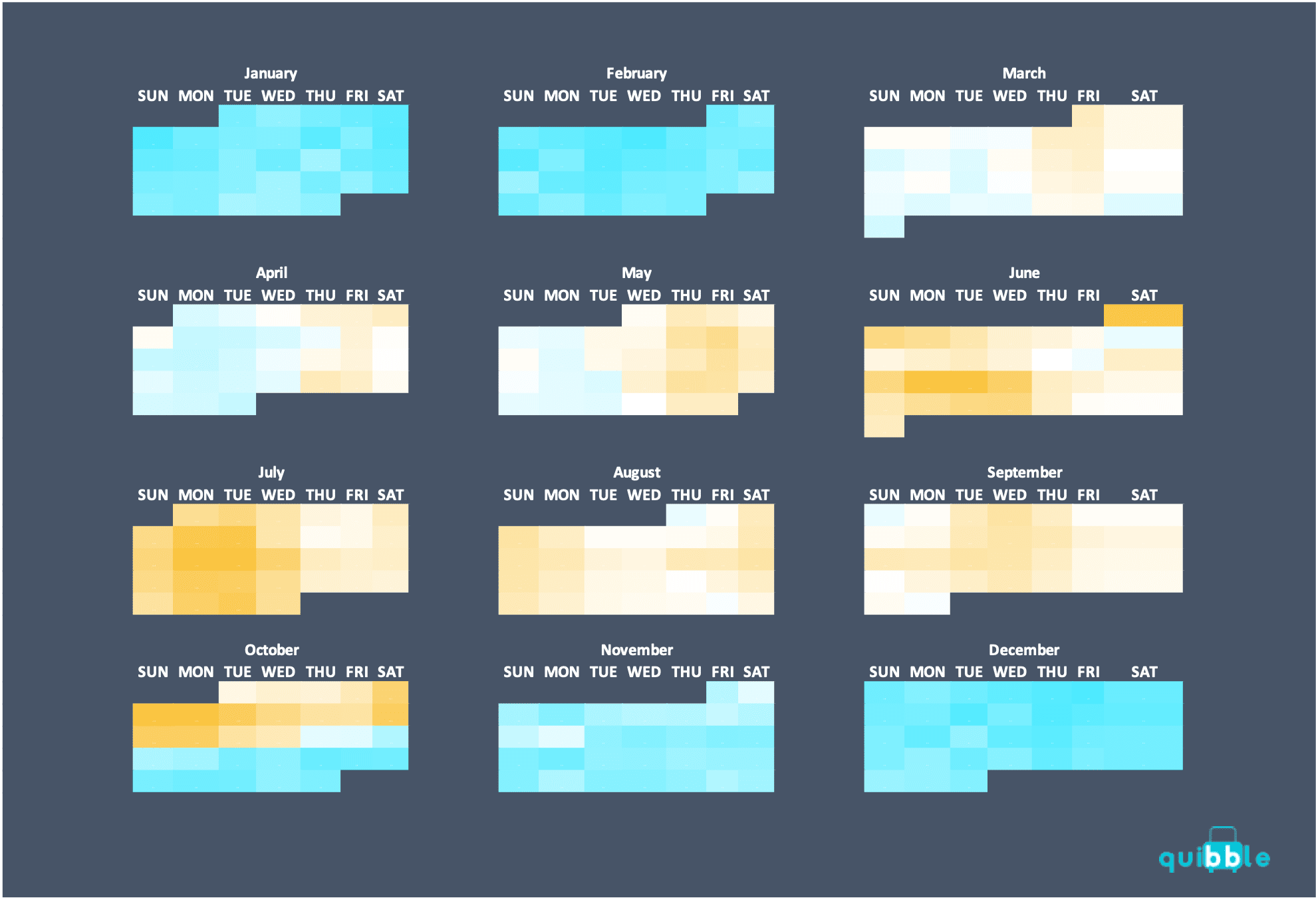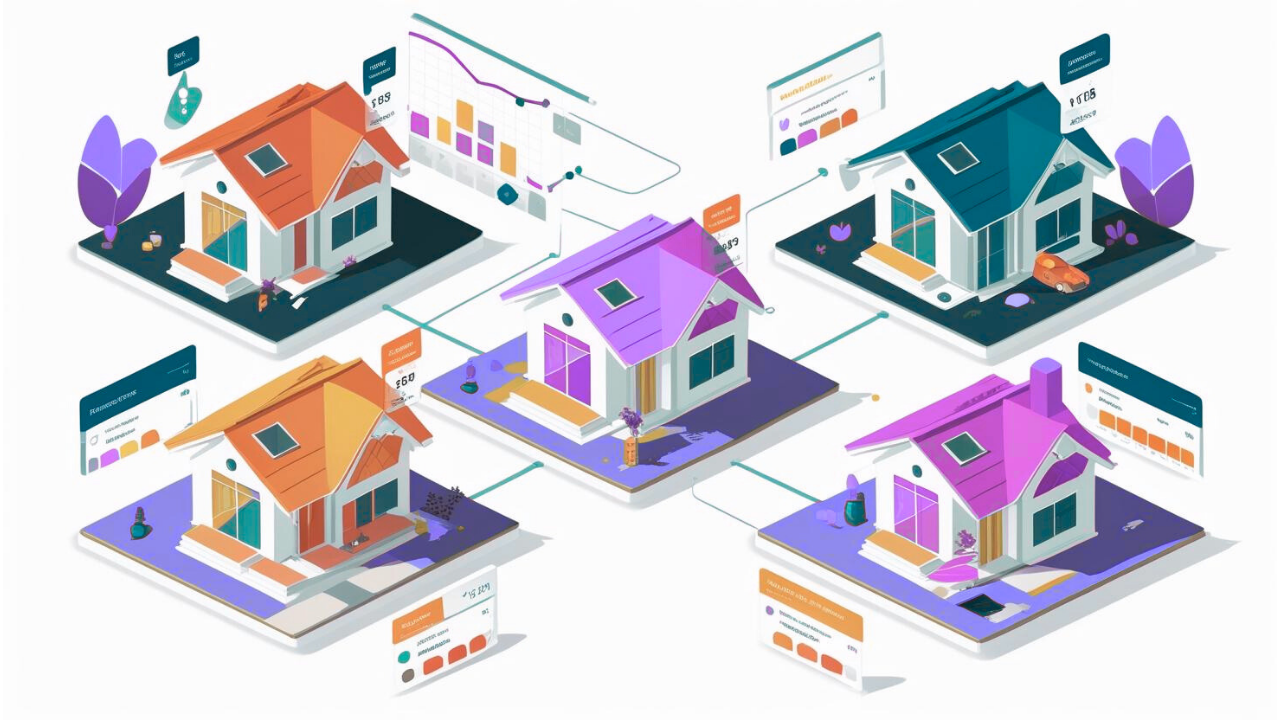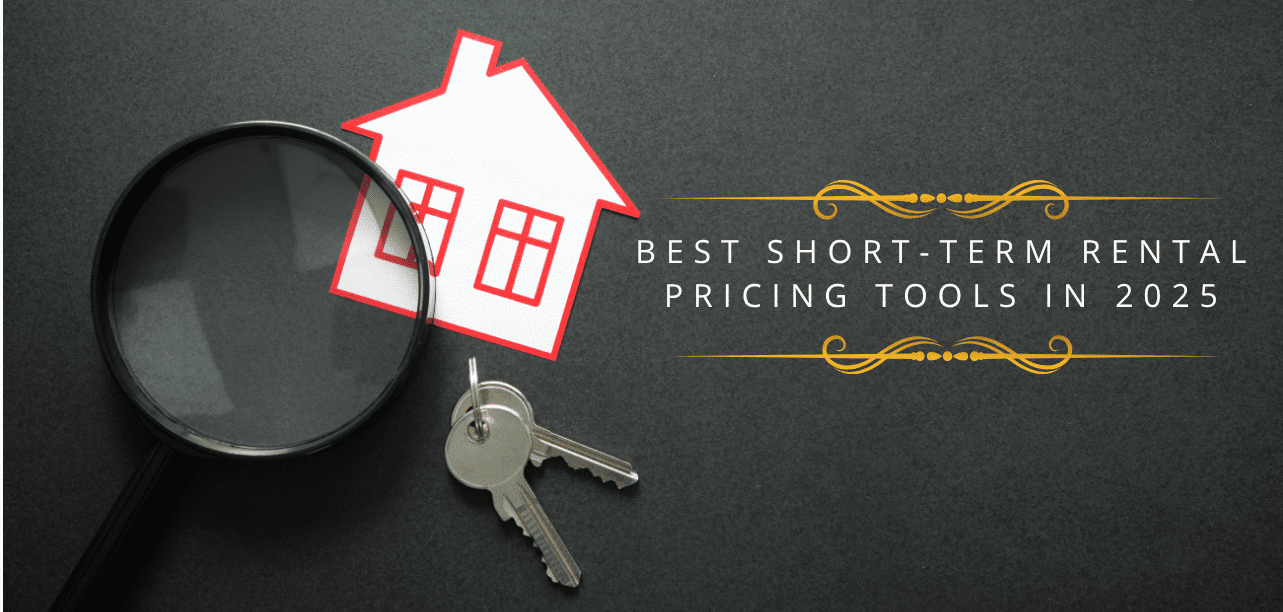What is Seasonality?
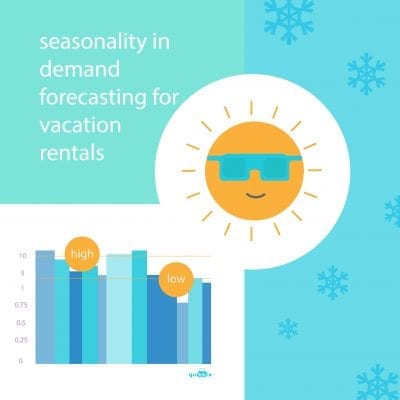
In the world of demand forecasting, Seasons are refined datasets used in building a forecast. When a person or application is tasked with estimating future demand, they will almost always rely on historical data to forecast the future. They have the option to select an extensive section of the historical dataset, or they can try to refine the dataset to something more representative of what they are trying to forecast. This process of selecting and refining the data is called Seasonality.
Further refinements can be made to the Seasonality data after it is selected. One of the most common improvements is to segment the data again by the days of the week. The demand trend for Tuesdays can be substantially different from the demand trend for Saturdays. Refining the data allows these trends to be further exploited in the forecasting process.
Why Seasonality is Critical
Selecting the correct historical data in a Season is critical to the accuracy of the demand forecast. The demand forecast is the basis for which the pricing, promotions, budgets, and sales activity should be based. Forecast accuracy is the measurement of how close the person or system was at determining future demand. Selecting the right data for the Seasonality increases the forecast’s accuracy, which improves the revenue by informing all other decisions.
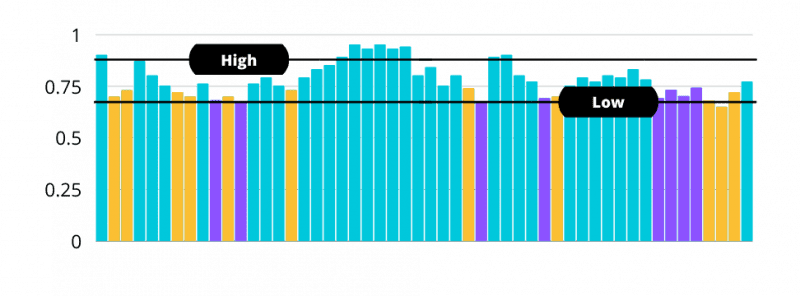
How to Determine the Best Seasons
The Revenue Management Systems and Revenue Managers try to strike the perfect balance between risk and reward when setting the Seasons. Smaller datasets increase the risk of an error but could be very accurate when adequately selected. If a property manager has 15 years of historical booking data available, should they use the whole dataset in their forecast? Using the entire dataset in this scenario would not capture the recent demand trend over the last two years of operations, which would lead to a lower forecast. Should they use only the previous six months of data? This predicament could be a worse scenario because the property has been affected by a recent pandemic, and they could over forecast the demand. It is a hard balance to strike because trends and events are not stable over time.
What our Revenue Managers at Quibble do for our clients is make these tough decisions. We use data and market intelligence to decide how many Seasons a property needs, what the demand pattern is for each day of the week, and when to update the Seasonality to capture new trends. We are continually reviewing local and global trends to make these decisions.

Pricing
Ease of Mind
Revenue Management Experts and Pricing Optimization for your Short-Term Vacation Rental are one click away!
Receive more information via email by fill-up the form below.
Join our newsletter
Dominate the short-term rental market with cutting-edge trends

